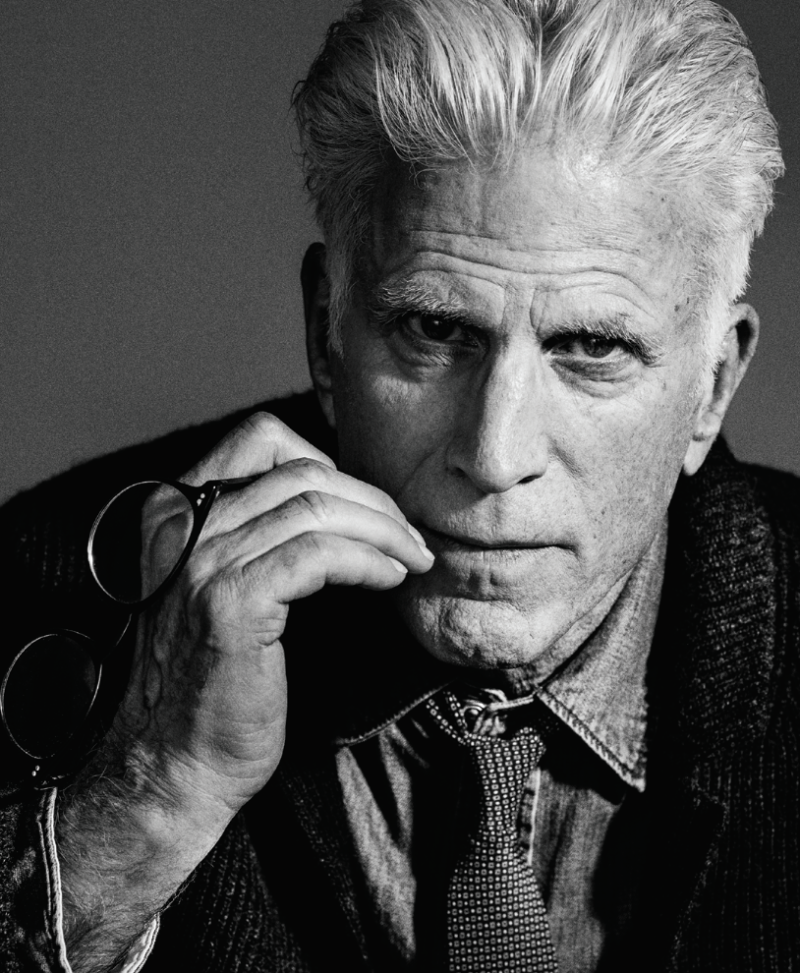
At Carnegie Mellon, where I went to acting school, we’d start every morning off with yoga, vocal exercises and meditation, though they didn’t call it that. When my wife, [actress] Mary [Steenburgen], introduced me to Transcendental Meditation, or TM, in 1995, it felt very familiar. She’d been practicing for a year or two, and I liked that it was something we could do together.
I’ve since discovered that the mind can get into a loop quickly and the chatter in your head takes over. What I found from meditating is there’s a moment when the internal chatter that’s driven by fear stops. For that moment, you don’t judge yourself. You let the thoughts pass through your mind like clouds. The mind is still, and I leave my ego behind. That’s when I gain perspective. Sometimes, I catch my breath and recognize that all of my stress is manufactured. At others, I may not get a solution immediately. Instead, the next day a thought will come into my head, because I’ve freed my brain of the clutter that keeps it going in circles.
I use my lunchtime to meditate. On set, I typically get half an hour for lunch. I eat something light, like chicken with no condiments. Then, I lie down and use a guided meditation app. There’s one 15-minute meditation for energy boosting. I listen and drift off. When I get up, I have more energy. That’s the other thing I love about meditating—you feel like you took care of yourself, you did something good for yourself. A lot of times, I’ll reach for sweets or food, and say ‘What the heck, I deserve a tequila!’ But the effects are short-lived.
I wish I were more consistent with my practice. I struggle with it, and fail and succeed. As I get older, life gets more complicated and stressful. I no longer meditate because it’s fun and interesting. I turn to it out of need. If I don’t meditate, I’ll have a big cry to cleanse my brain and let everything go, so I can be real, loving and present with others.
Exercise does the same thing for me, especially when I go for a brisk walk in nature. I had a meditation mentor at one point who felt I was better suited to active, walking meditation—there are all types of practices. Mary’s son Charlie has been a surfer since age 14. Being in salt water by himself early in the morning is a meditation. It gives him balance. You don’t have to sit and do TM. You just need to find something that allows you to get outside of yourself.
Mary is remarkable at helping me de-stress. Whenever I get whiny or slightly depressed, she insists I not be “Small Ted,” or lesser-than. She makes me see how blessed I am. I also have a psychiatrist whom I’ve seen on occasion for years. The discipline to make an appointment and say “I’m not going to sit where I am. I’m going to get this out of my system” is empowering in a way that’s very similar to meditation.
The word meditation can turn people off immediately. It’s like when you talk about the environment. Don’t do it to hug more trees. Do it to be healthier, to have more energy, to be better at what you do.
I think all of the Cheers characters would have benefited from a meditation practice! We were such losers. Diane Chambers needed to meditate. We all did. Norm probably came the closest. Sitting at the end of the bar and drinking a beer was his meditation. —As told to Michele Shapiro
Ted Danson is a Cigna spokesman. For more information about the connection between physical and emotional health, visit cigna.com/takecontrol





